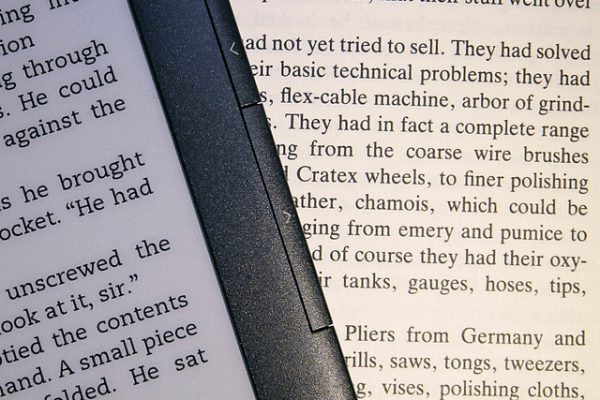A Gentle Introduction to RNN Unrolling
Last Updated on August 14, 2019 Recurrent neural networks are a type of neural network where the outputs from previous time steps are fed as input to the current time step. This creates a network graph or circuit diagram with cycles, which can make it difficult to understand how information moves through the network. In this post, you will discover the concept of unrolling or unfolding recurrent neural networks. After reading this post, you will know: The standard conception of […]
Read more








